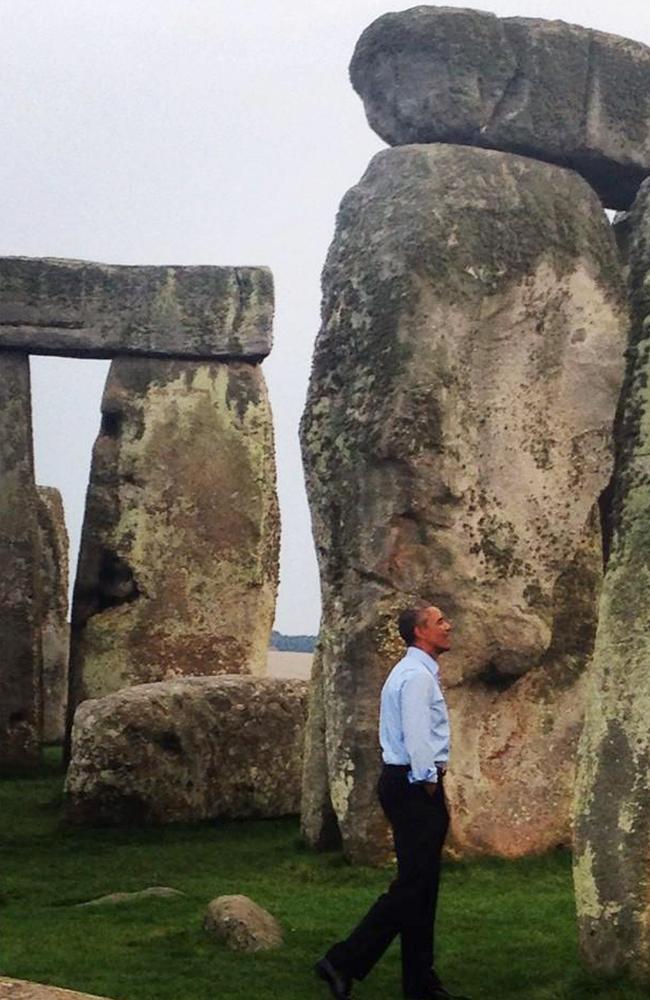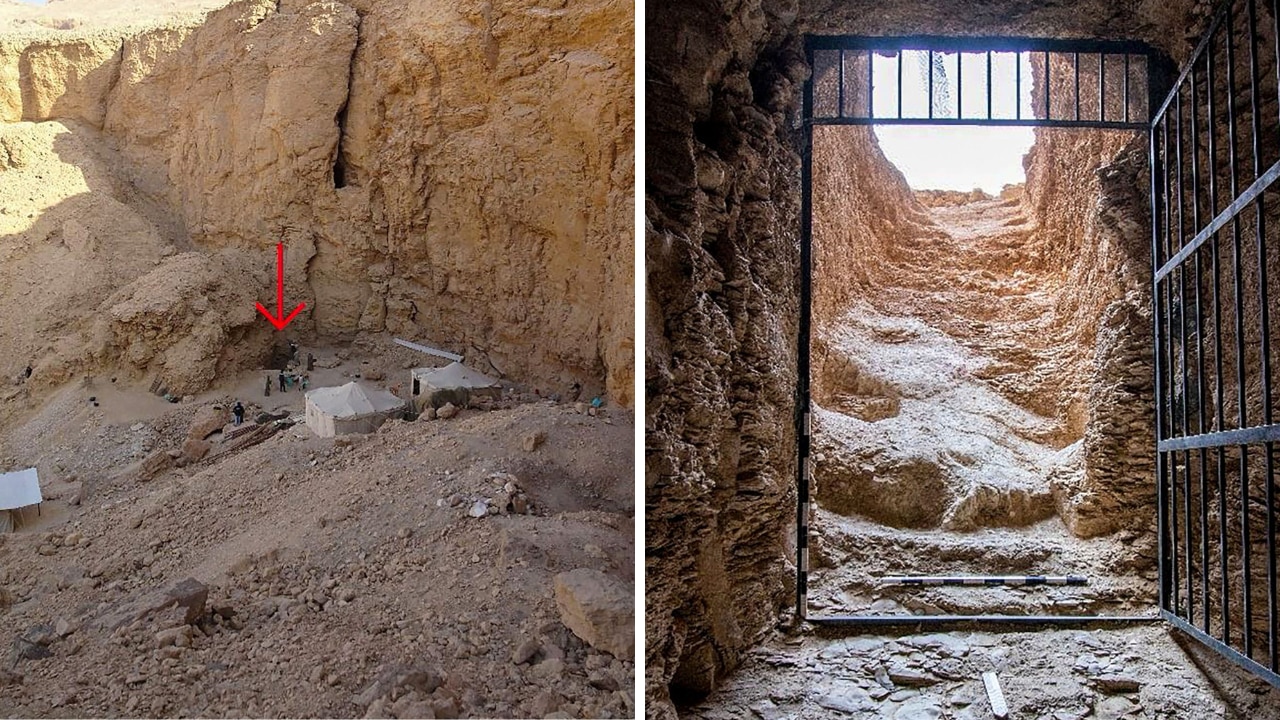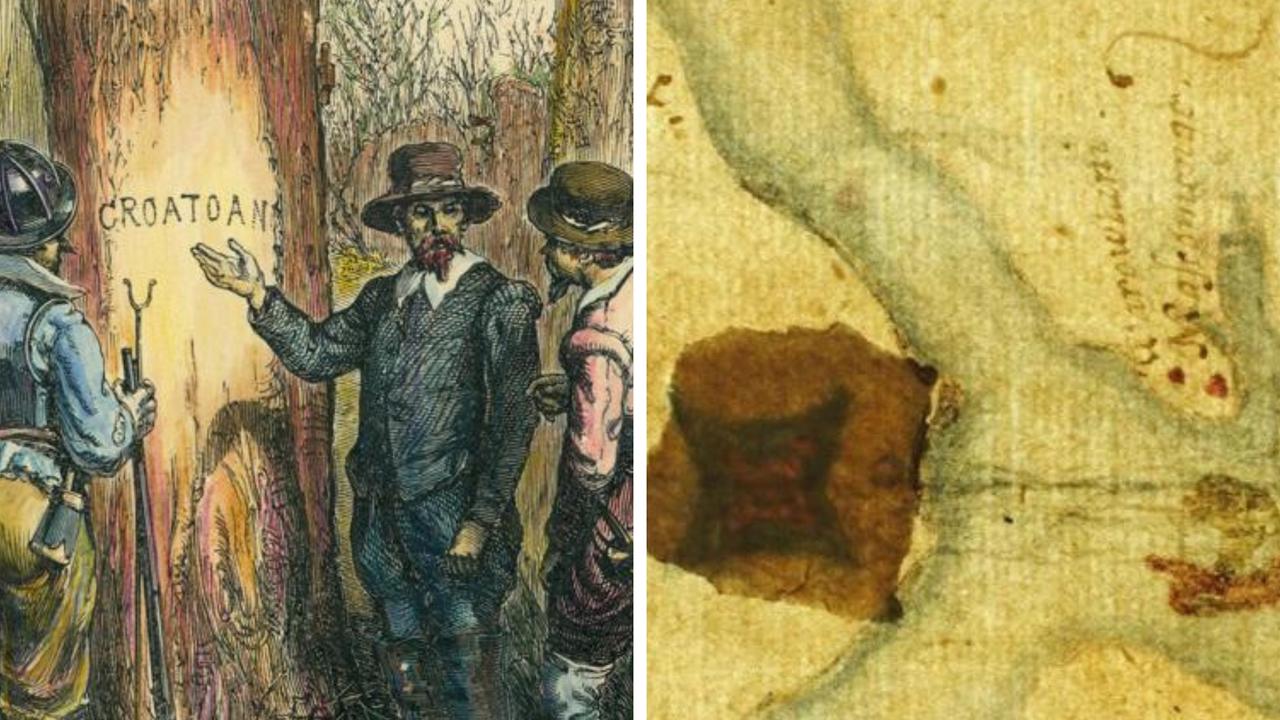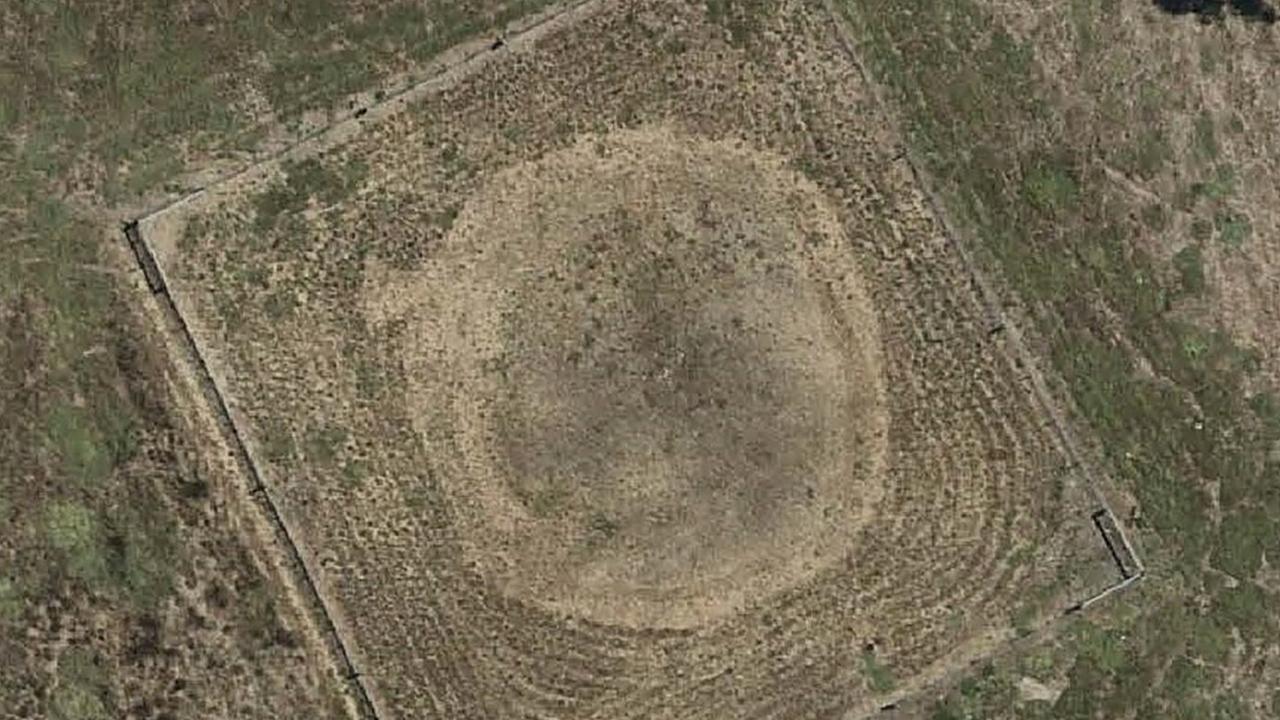Stonehenge survey reveals 17 new sites, details giant Durrington Walls henge for first time
A NEW survey of Stonehenge’s surrounds has exposed a hidden hive of activity — including a long-lost “super henge” that dwarfs its famous counterpart.
A STUNNING new survey of Stonehenge’s surrounds has revealed a hidden hive of activity — including new details on a long-lost “super henge” that dwarfs its famous counterpart into insignificance.
The digital mapping lap has transformed archaeology’s understanding of the stone age sacred site, uncovering 17 previously unknown structures in the fields and plains around the world heritage site.
The University of Birmingham and Ludwig Boltzmann Institute for Archaeological Prospection and Virtual Archaeology project have revealed details of their finds at the British Science Festival.
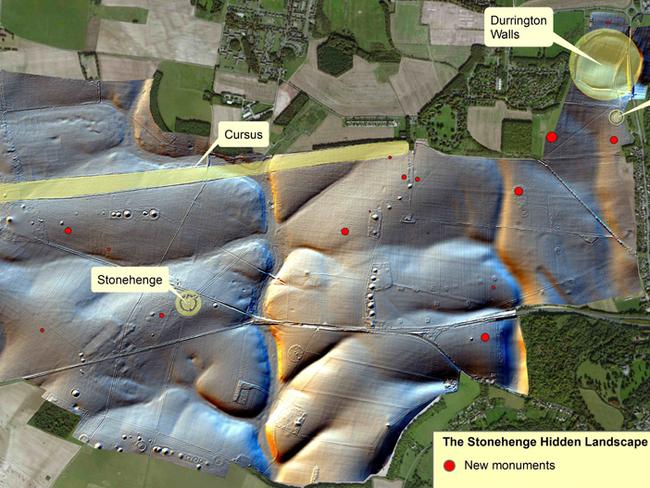
‘SUPER-HENGE’ EXPOSED
But it’s what the Stonehenge Hidden Landscapes Project has uncovered about the “super henge” Durrington Walls that is causing the biggest stir.
They have mapped the immense ritual monument in minute detail.
Just a short walk from Stonehenge itself, the “super henge” has a circumference of more than 1.5km, making it likely to be the largest such structure in the world.
STONEHENGE EXPOSED: Survey uncovers more secrets
The electronic survey has revealed this circular earthen mound was flanked with rows of posts or stones. Archaeologists say it appears the 60 totems were up to 3m high.
Some are expected to still survive beneath the massive banks of soil surrounding the monument.
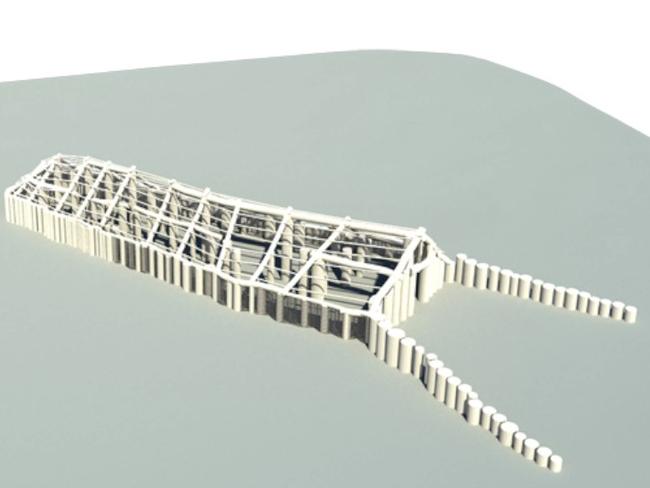
‘HALL OF THE DEAD’
The survey also mapped 17 previously unknown ritual monuments in Stonehenge’s immediate vicinity, indicating the site was actually a hive of activity and not a quiet place for religious reflection as previously thought.
One of the structures is a long barrow — a stoneage burial mound — which incorporated a huge timber building. Archaeologists speculate this was probably part of a complicated process of exposing the dead to the elements before “de-fleshing” the bones and burying them in the iconic earthen mounds.
MYSTERY SOLVED: Stonehenge was built as a circle
Among the many other Neolithic constructions are massive pits which appear to have astronomic alignments with Stonehenge, previously unknown burial mounds and evidence of Bronze Age, Iron Age and Roman-era settlements.
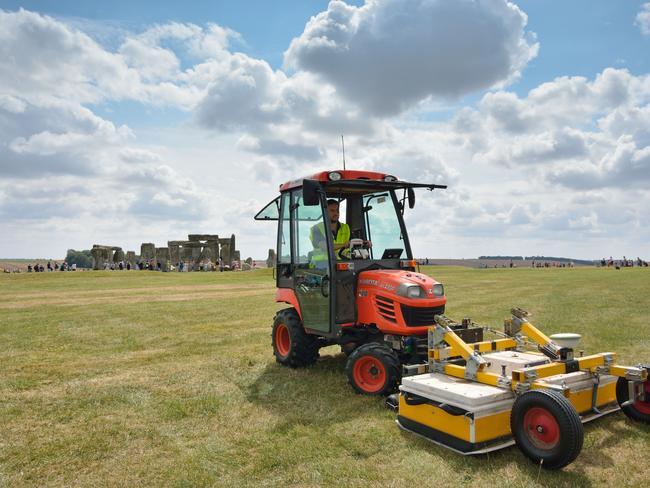
MAPPING TIME
“Despite Stonehenge being the most iconic of all prehistoric monuments and occupying one of the richest archaeological landscapes in the world, much of this landscape in effect remains terra incognita,” project leader Professor Vincent Gaffney said.
The survey will be analysed and packaged to help understand the evolution of the Stonehenge site over the millennia, he said.
“New monuments have been revealed, as well as new types of monument that have previously never been seen by archaeologists. All of this information has been placed within a single digital map, which will guide how Stonehenge and its landscape are studied in the future. Stonehenge may never be the same again.”
The project’s findings will be the subject of a new BBC Two documentary series titled Operation Stonehenge: What Lies Beneath.
